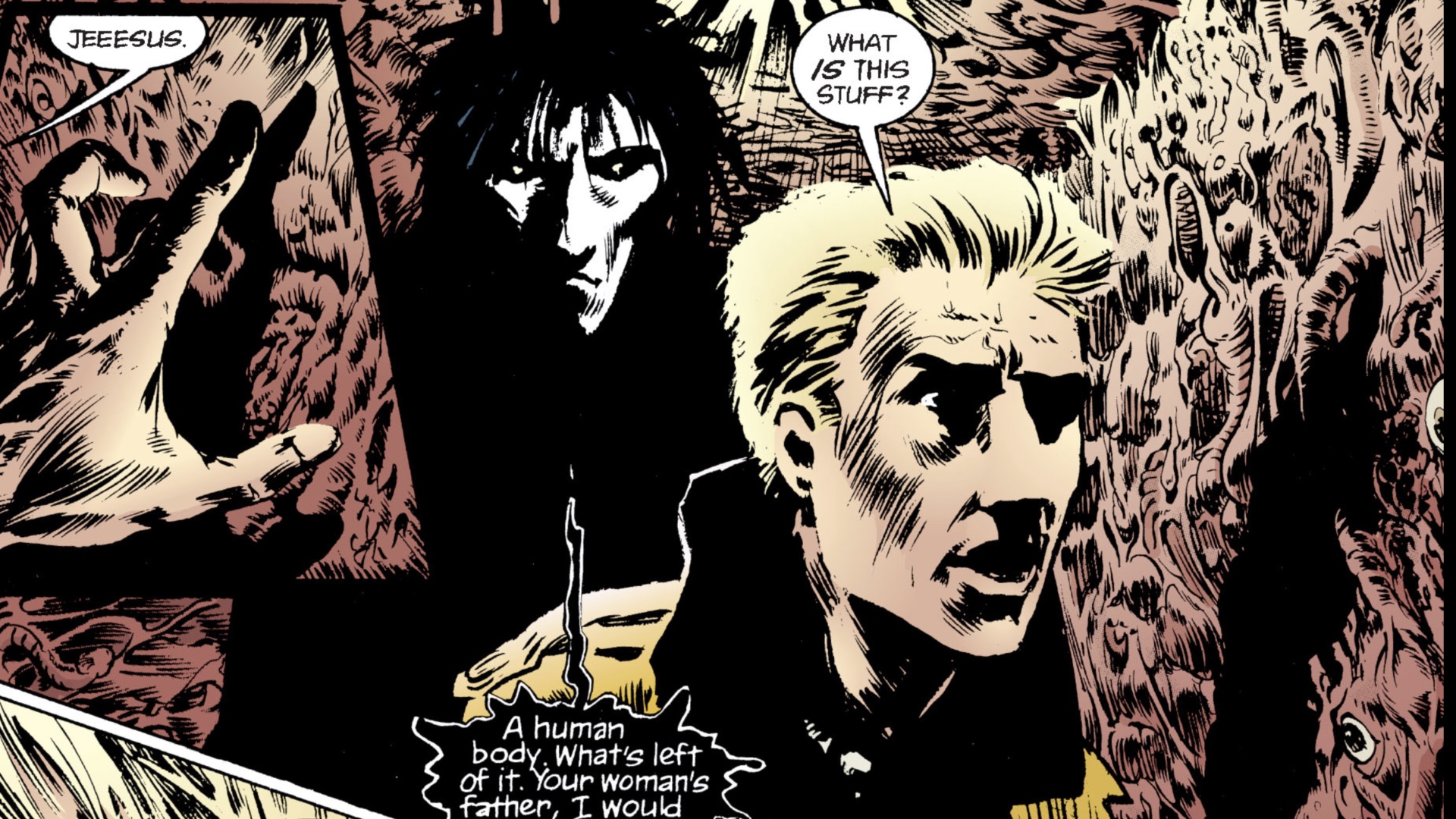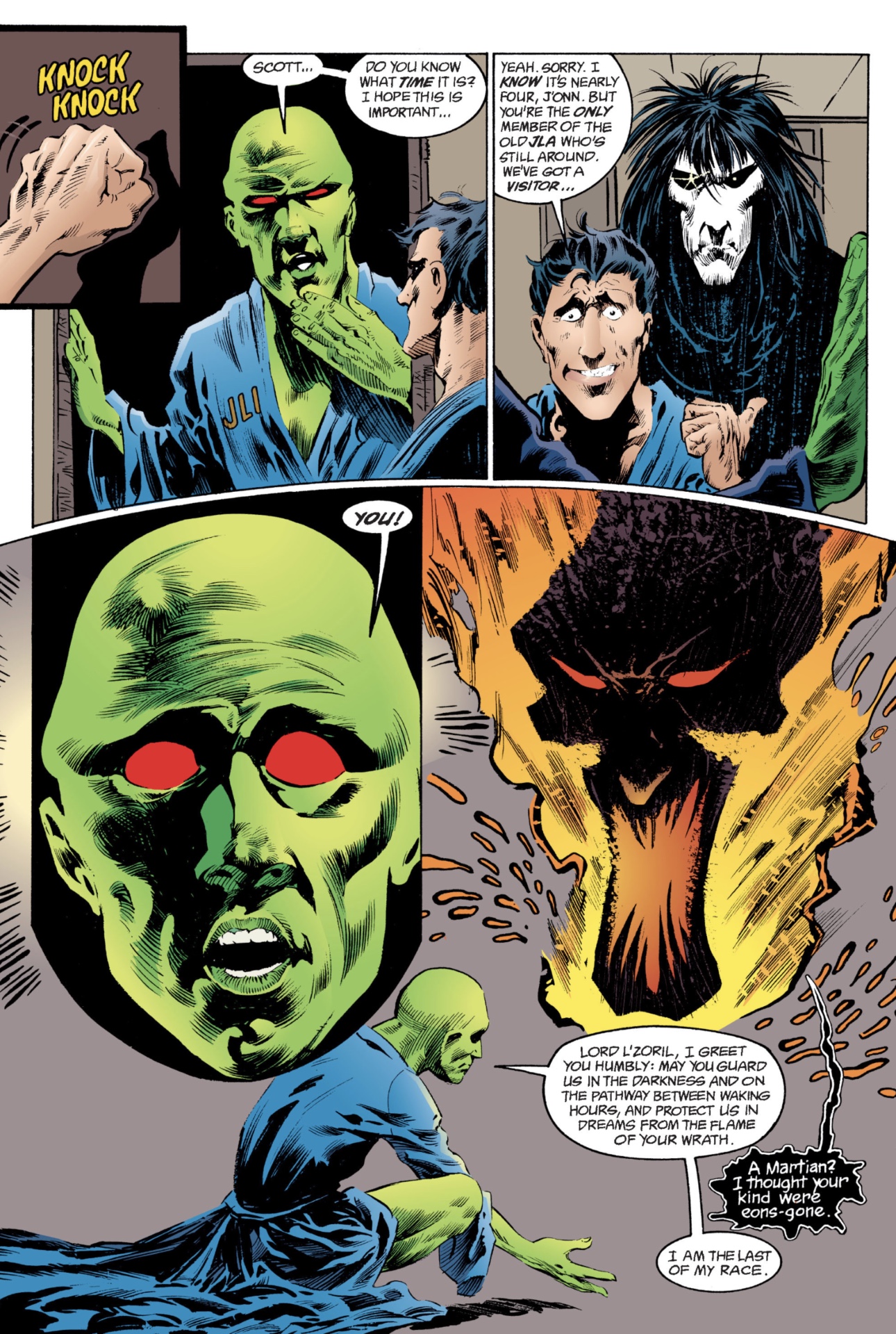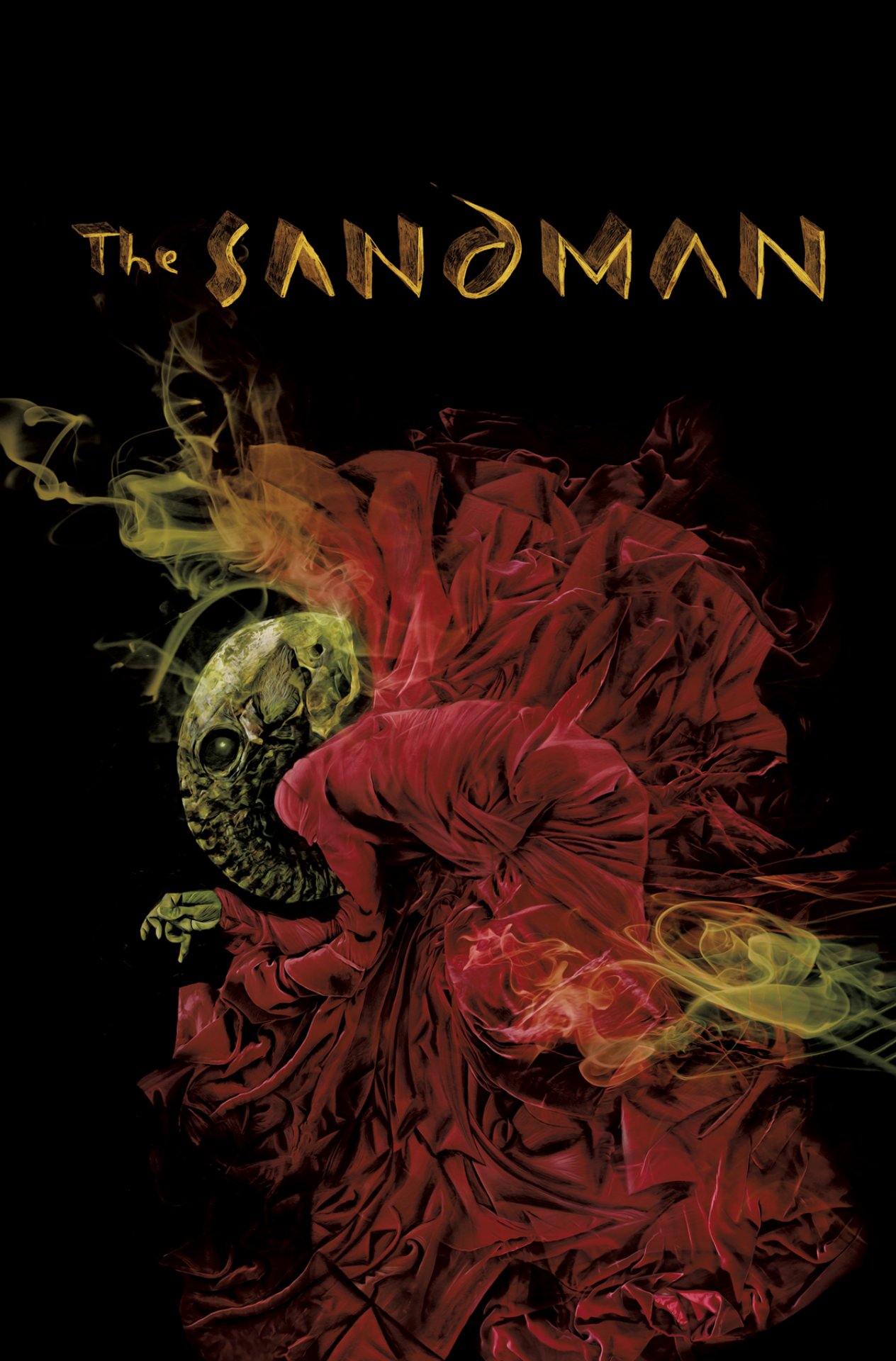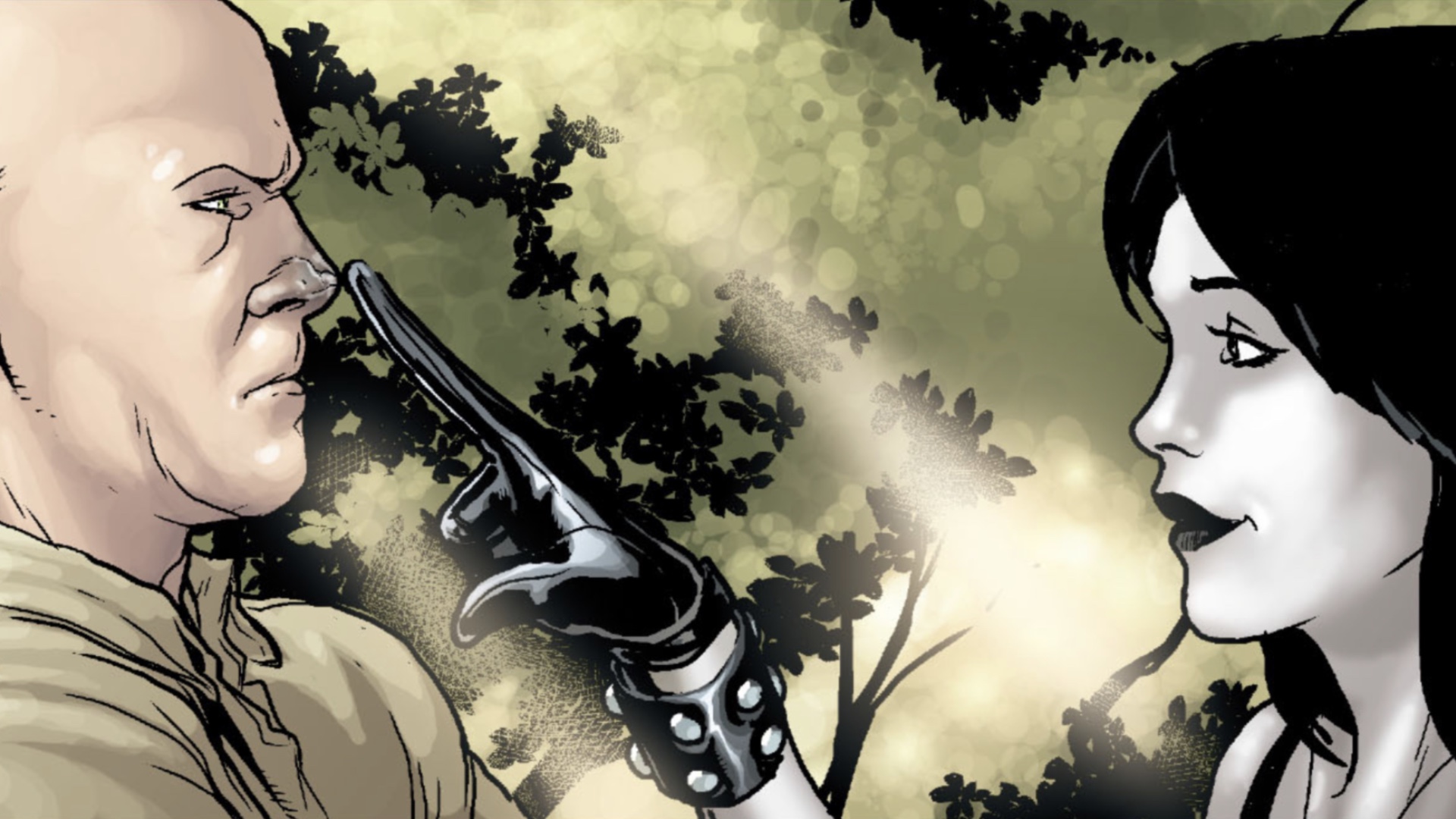Is Sandman part of the superhero DC Universe? The comic books have the answer
Will Netflix's The Sandman have any connections to Batman and Superman? What DC comics books have to say

Is Sandman part of the DC Universe?
The show, based on the cult favorite comic book written by Neil Gaiman, premieres August 3 on Netflix, and the question of if or how it may tie into any of DC's other current film and movie adaptations may be sitting in the back of your mind.
While we can't say for sure whether the Netflix show will have any larger DC connections, comic books have an answer to the question of whether Sandman and its characters are part of the larger DC Universe.
The short answer is "Yes, but…", and as you may guess, the longer answer isn't quite so simple.
Sandman in the DC Universe

When Sandman was first conceived, the story's main character was initially intended to be an update of an older DC hero with the same name, a kind of legacy character. But after some creative shifts, Morpheus (AKA the eponymous Sandman) was created with a whole new mythology to accompany him.
But at the time of the debut of Sandman #1 in 1989, the title was still solidly part of the DC Universe proper - albeit in a small, faraway corner all its own. The title's first arc even included a somewhat humorous guest appearance from the mainstream Justice League of the time, with Morpheus appearing to J'onn J'onzz as the Martian god of dreams.

More DC references peppered the early years of Sandman, with the characters of Lyta and Hector Hall (AKA the superheroes Fury and Silver Scarab) eventually coming to play key supporting roles in the title.
Get the best comic news, insights, opinions, analysis and more!
Likewise, some of the other characters such as Destiny of the Endless, Cain and Abel of the House of Mystery, and a few others had roots in long-defunct titles and stories of the DC Universe. And, of course, John Dee, AKA Dr. Destiny, the villain of one of the first Sandman arc's most memorable stories, is an old foe of the Justice League.
But in 1993, things changed with the introduction of DC's now dormant Vertigo comics line.
Launched in 1993, DC's Vertigo comics line was intended as the new de facto home of the publisher's titles that included more mature, 'R-rated' type content - including its trio of core flagship titles, Swamp Thing, Hellblazer, and Sandman, all of which were long-running series previously published under the core DC banner.
Sandman moves to Vertigo

With the move to Vertigo came a separation from the core DC Universe for Sandman and its characters, including Lyta and Hector Hall (though they also appeared in somewhat alternate versions in the core DC Universe from time to time).
This gave Sandman even more freedom as a title to delve into mature themes and to explore a whole universe all its own, which expanded with spin-off titles for Sandman's incarnations of Death and Lucifer (the version of the character which was later adapted to the TV show of the same name).

Interestingly enough, when the title's finale arrived in 1996, it included cameos from several DC Universe characters - even the villainous Darkseid.
We won't spoil the exact details of why they come to visit, for those who haven't read the comic in advance of the Netflix series, but the next bit does contain a light spoiler for the ending of the Sandman comic story.
At the end of Sandman's original run, Morpheus names a replacement as the embodiment of Dream in the Endless, choosing an infant named Daniel whose birth and infancy have been a subplot throughout the comic story.
The Sandman Universe begins

The switch from Morpheus to Daniel as Sandman opened the door to an unprecedented level of connection between the continuity of Sandman and the mainstream DC Universe, with Daniel later appearing in 1998's JLA #23, and several issues of the contemporary JSA title.
In 2009, Dream's sister Death appeared in Action Comics #894, crossing over with Lex Luthor. And then, in 2011, with DC's 'New 52' reboot, the characters of John Constantine and Swamp Thing, and their accompanying titles were pulled back into the DC Universe proper.
Most recently, in the 2017 event Dark Nights: Metal, Batman has an encounter with Daniel in the course of the Multiverse-spanning event.

Then in 2018, DC launched a fluctuating line of Sandman-related titles under the 'Sandman Universe' imprint, which began at Vertigo before moving to DC's current adult-content line, Black Label. This seemingly separated the 'Sandman Universe' into its own continuity once again, but there's still been some crossover since.
Since that change, it's unclear where Sandman and its cast exist in direct relation to the DC Universe - though thanks to the recently established Omniverse, all DC stories from all eras and imprints are now considered canon in some part of its all-encompassing structure.
This means it's entirely possible that Morpheus, Daniel, Death, or the other Sandman characters could come back to the DC Universe proper someday, some way.
And this also means that, should DC and Netflix decide to go there, there's plenty of precedent for crossover between the Sandman Universe and the mainstream DC Universe - even in the current era.
Read up on everything you need to know about the comic history of Morpheus, the Sandman, before his Netflix show.
I've been Newsarama's resident Marvel Comics expert and general comic book historian since 2011. I've also been the on-site reporter at most major comic conventions such as Comic-Con International: San Diego, New York Comic Con, and C2E2. Outside of comic journalism, I am the artist of many weird pictures, and the guitarist of many heavy riffs. (They/Them)



